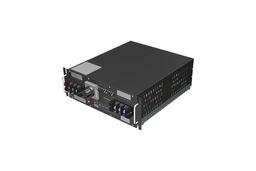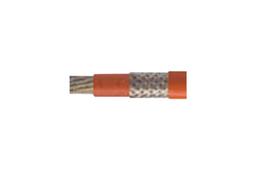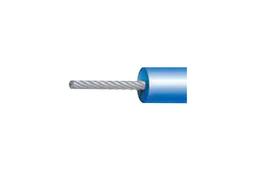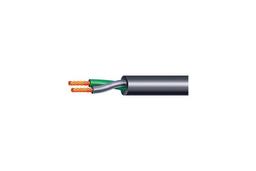



Industrial special cable and Industrial material manufacturer, Underwater cable, Superconducting cable, Ultra high pressure cable, Communication cable and more
Optical fibers are glass materials which induce the transmission of light, its information transmission media. There are Single-mode and multiple mode optical fibers, according to size.
Optical fibers are cylinder-shape dielectric waveguides that consist of a core, cladding and acryl coating. Light is totally reflected due to the difference of refractive index at the core and clad layer, and is transmitted through the core layer. It is classified as single-mode or multi-mode, according to the number of radio wave modes at the core. Single-mode optical fibers are suitable for long distance and large capacity data communication as there is low data loss. Single-mode optical fibers for special purposes consist of cutoff wavelength transition optical fibers and dispersion-shifted optical fibers.
Types and purposes
• Single-mode optical fibers
- 1260~1625nm wavelengths
- Core/clad diameter: 9/125um
• Multi-mode optical fibers
- 850nm, 1300nm wavelengths
- Core/clad diameter: 50/125um, 62.5/125um
Benefits
• Single-mode optical fibers
- High versatility, with optimized structure that is applicable to a wide range of global cables
- Stability, minimal optical loss, minimal connection loss due to superior geometric design
- Ultra-low PMD, advanced performance in ultra-low and ultra-high temperatures
• Multi-mode optical fibers
- 2.5Gbps & 10Gbps transmission capability
- Stability, minimal optical loss, minimal connection loss due to superior geometric design
Main functions
• Single-mode optical fibers
- ITU-T G.652: Optimized for CWDM transmission property in metro and access networks.
Low attenuation property in wide areas including Water Peak (1383nm)
- ITU-T G.655, G656: Long-distance, large-capacity transmission
- ITU-T G.657: Flexion reinforced optical fibers among Single-mode optical fibers have a flexion diameter of 7.5mm
• Multi-mode optical fibers
- ITU-T G.651, IEC 60793-2-10
- ISO/IEC 11801 transmission property, low attenuation, broad bandwidth property according to application (IEEE 802.3z Gigabit Ethernet)
































